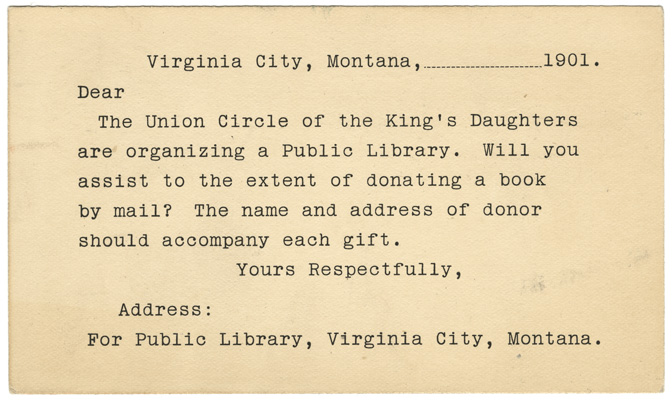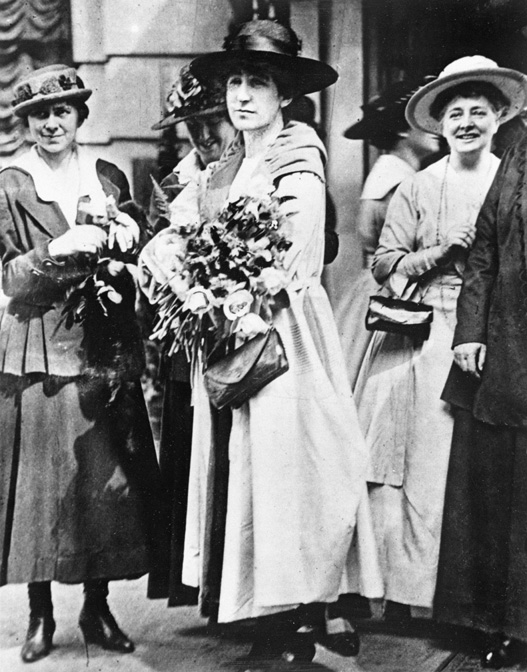
The first telephone arrived in Montana in 1876, the same year Alexander Graham Bell patented his invention, and by the 1890s many Montana cities had telephone exchanges. According to Ellen Arguimbau, author of “From Party Lines and Barbed Wire: A History of Telephones in Montana,” early telephones needed to be connected directly by wire. To facilitate that connection, telephone companies established exchanges, staffed almost entirely by young female operators. “The caller telephoned the operator and asked to be connected to someone. The operator then plugged the wire into the call recipient’s slot.”
Arguimbau describes the working conditions of these female employees in “Number, please,” originally published in Montana The Magazine of Western History and excerpted below.
Often a maze of cords and sockets, switchboards were attended by one operator in a small exchange or by a roomful of operators in the larger towns, usually all young women. According to a 1902 U.S. Census Bureau report: “For many years it has been recognized that operators’ work in telephone exchanges attracts a superior class of women. It has been demonstrated beyond all doubt that the work of operating is better handled by women than by men or boys and that trained and well-bred women operators perform the most satisfactory service.” Continue reading Number, Please: Women Telephone Operators







